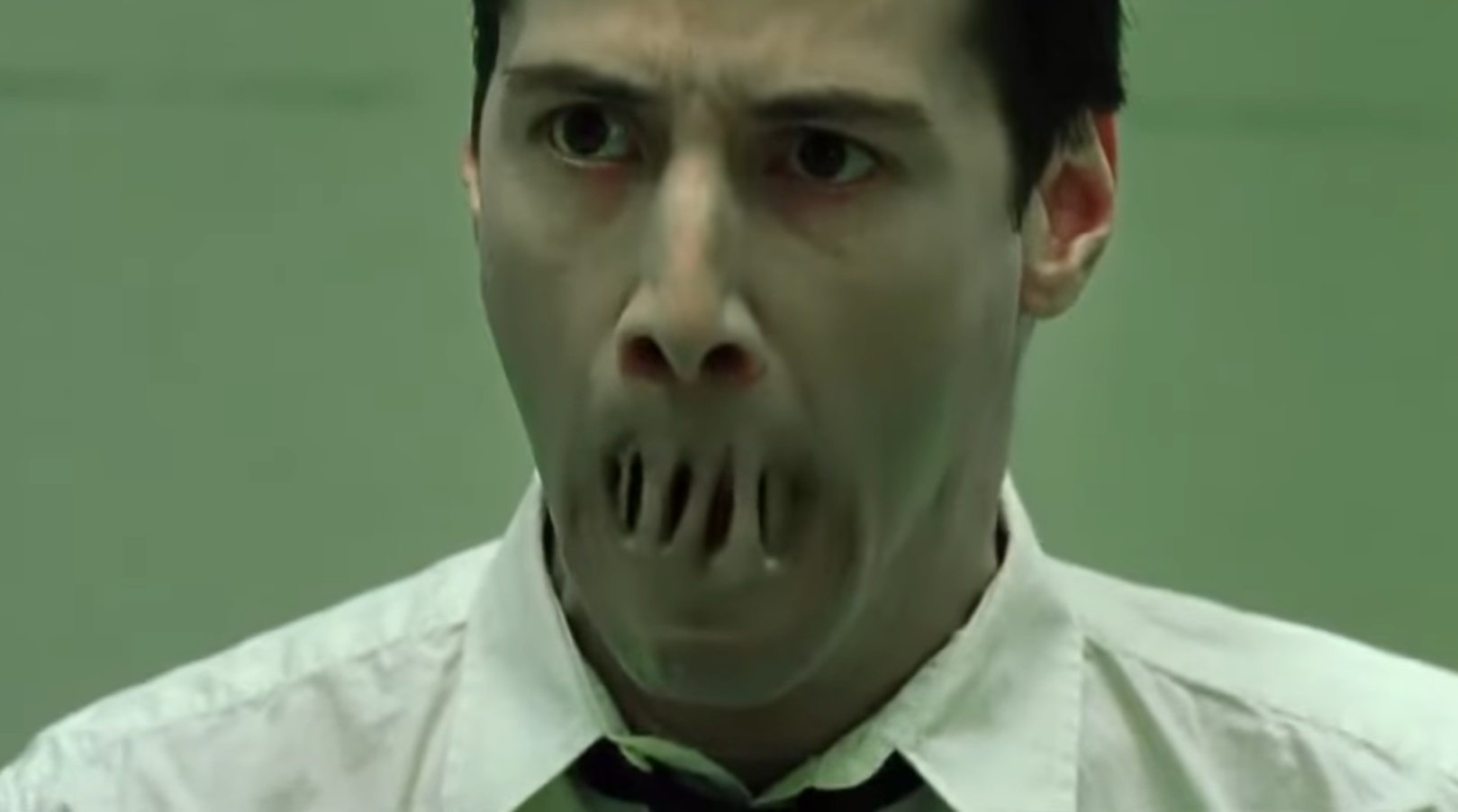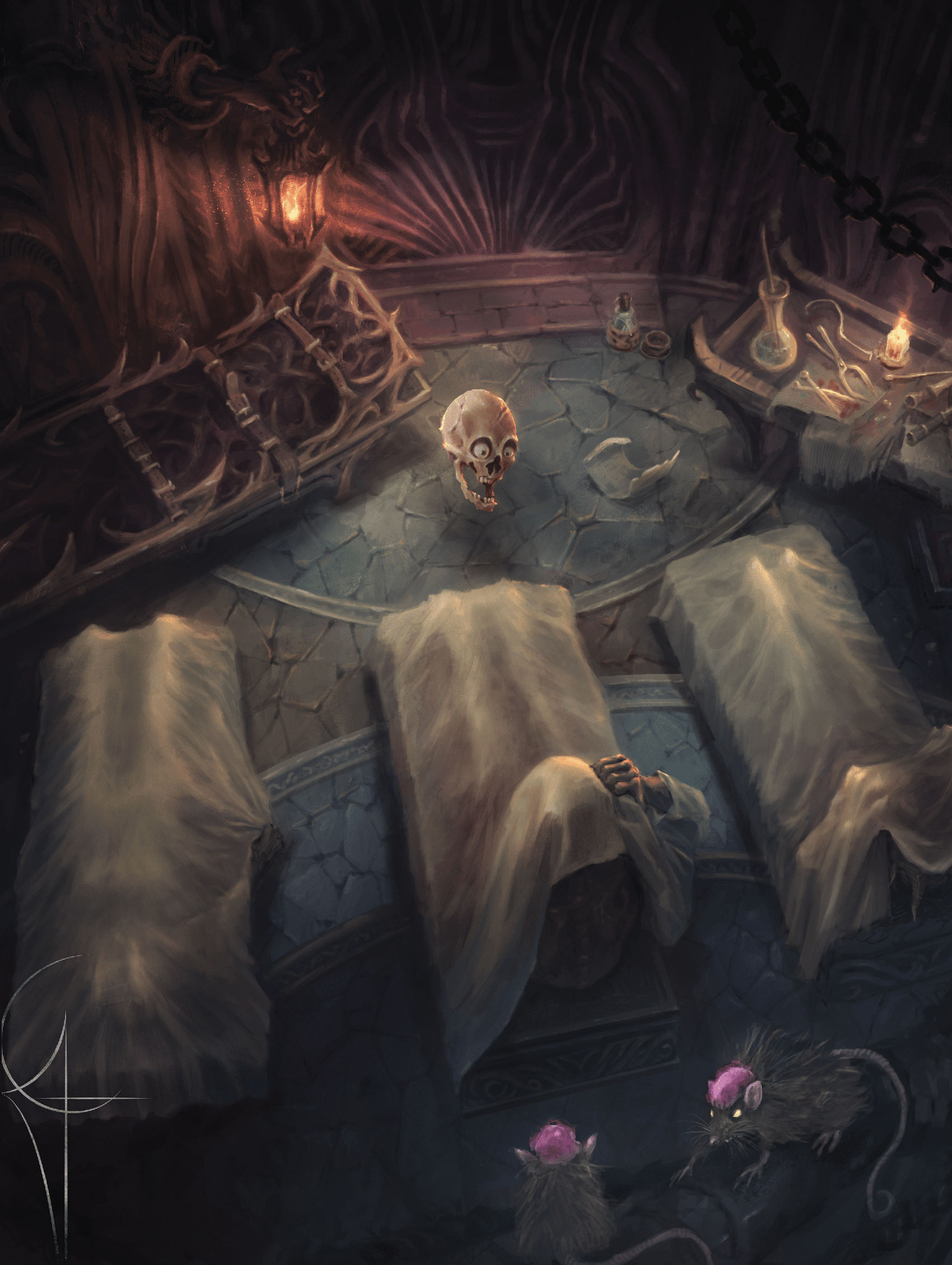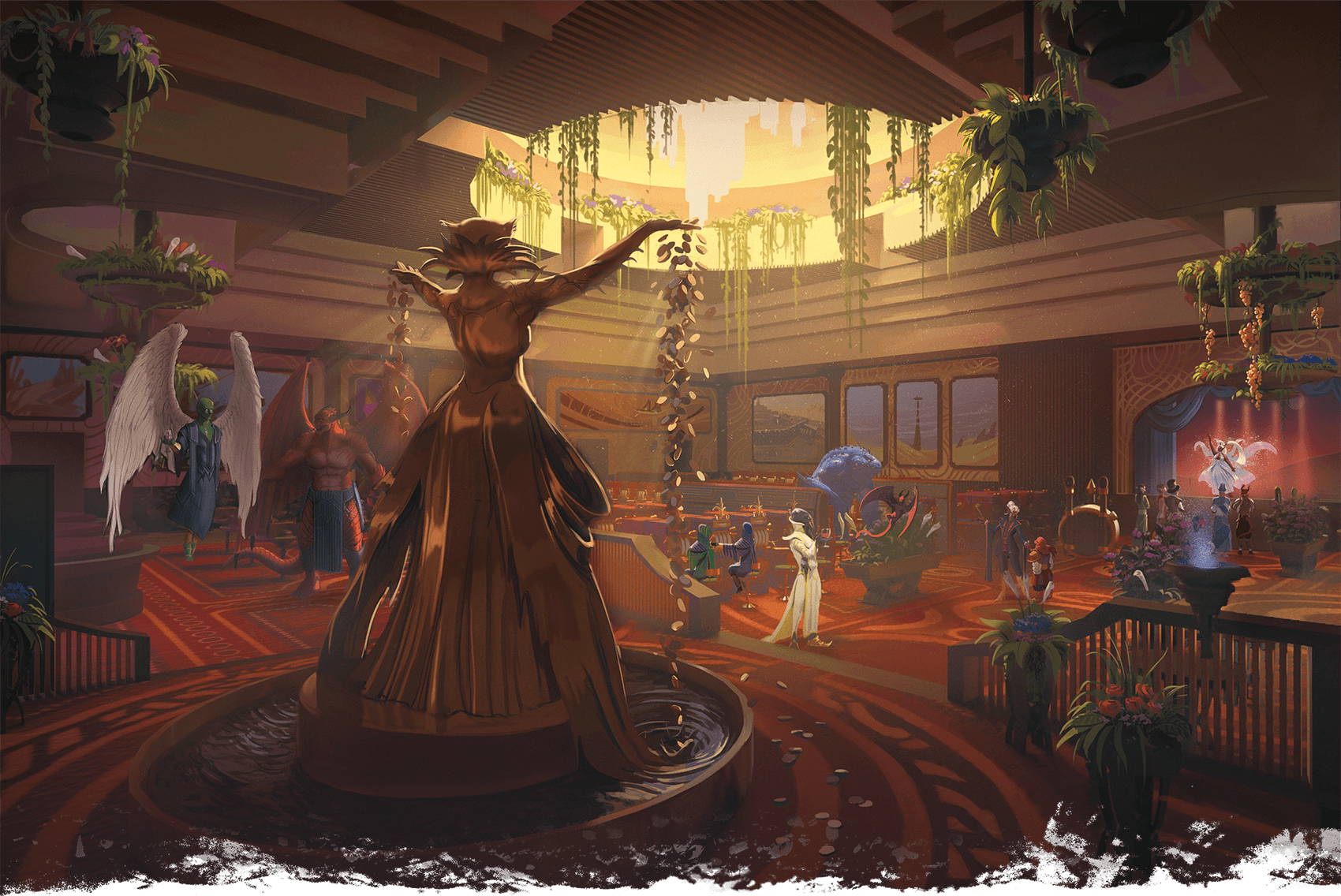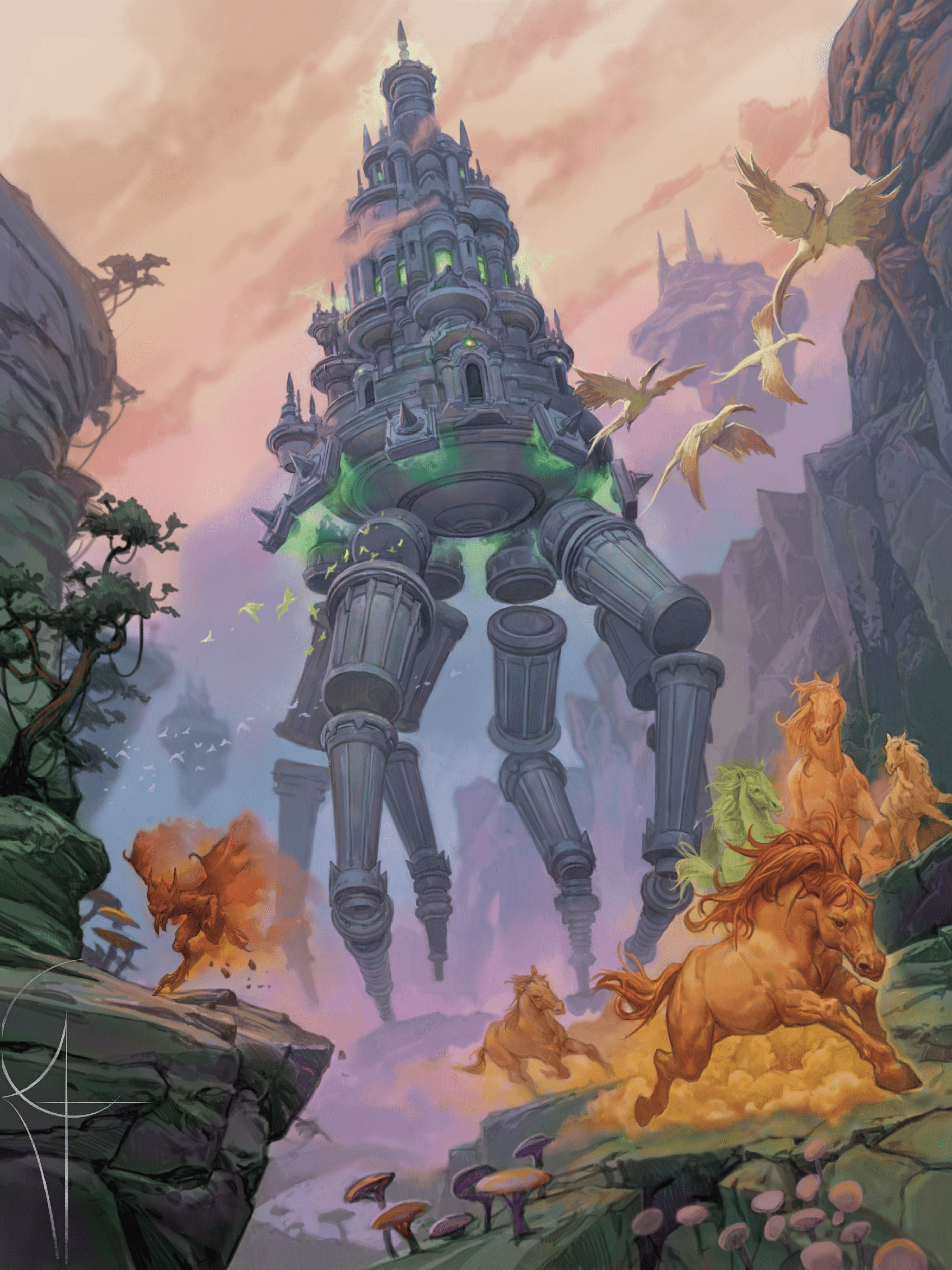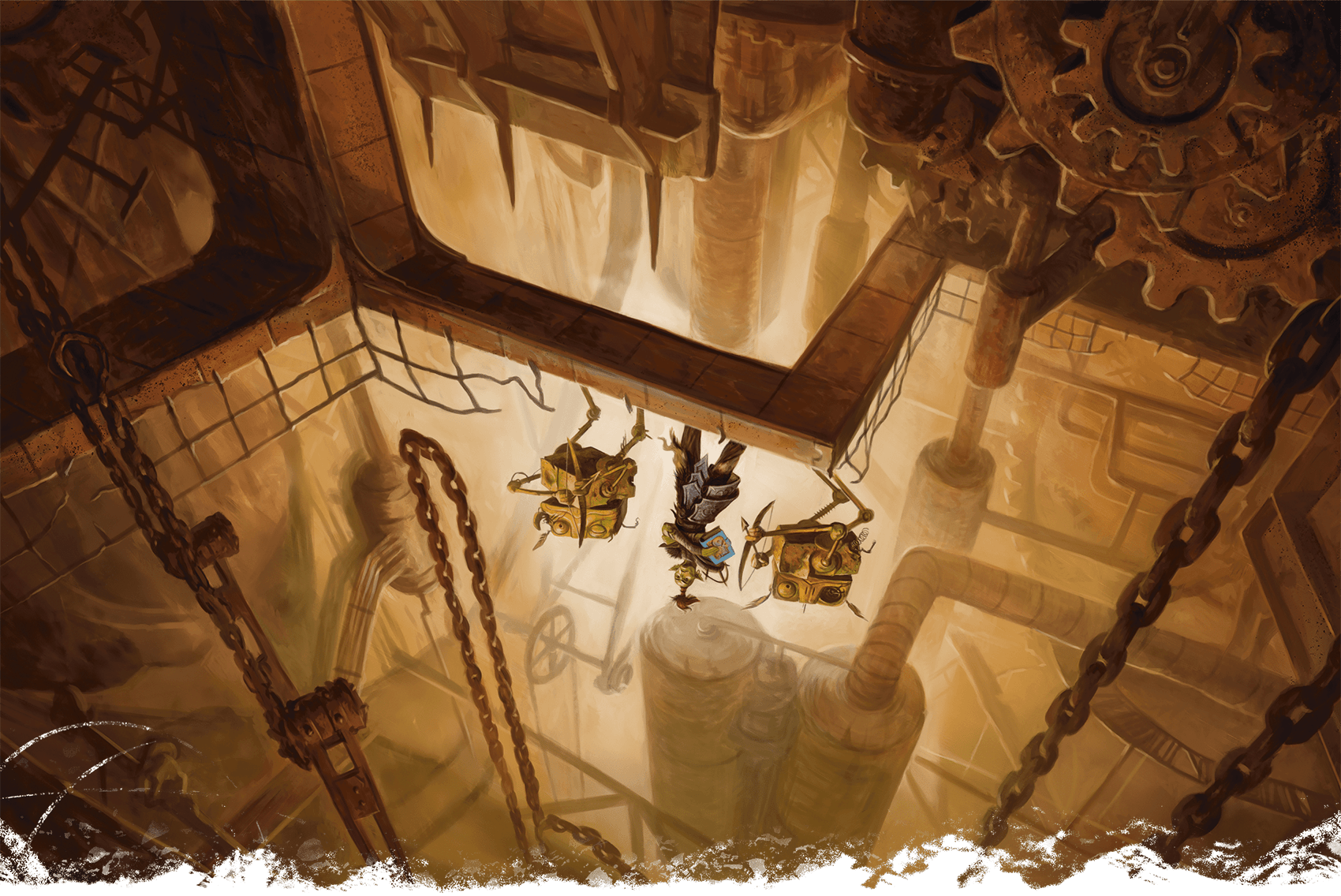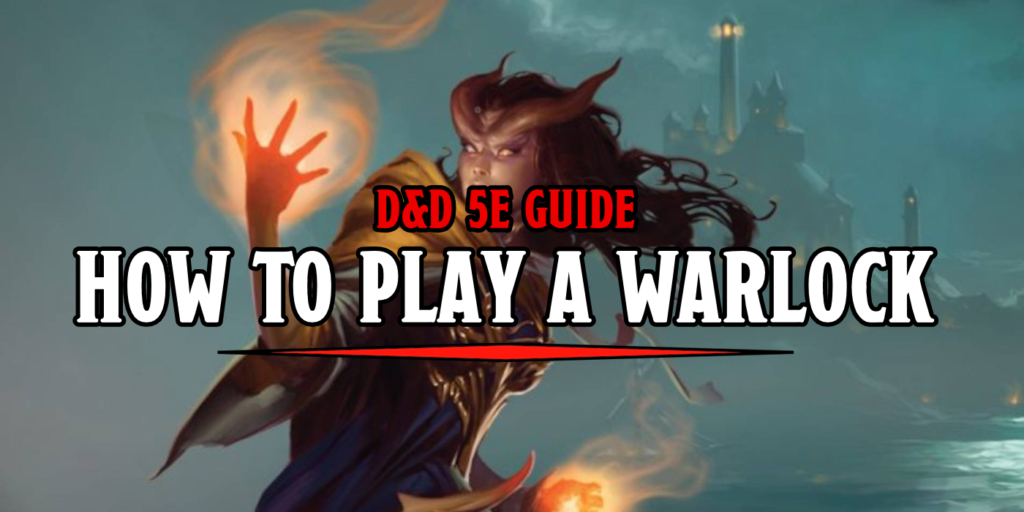D&D: ‘Planescape’ 5E – “Turn of Fortune’s Wheel” Really Shines
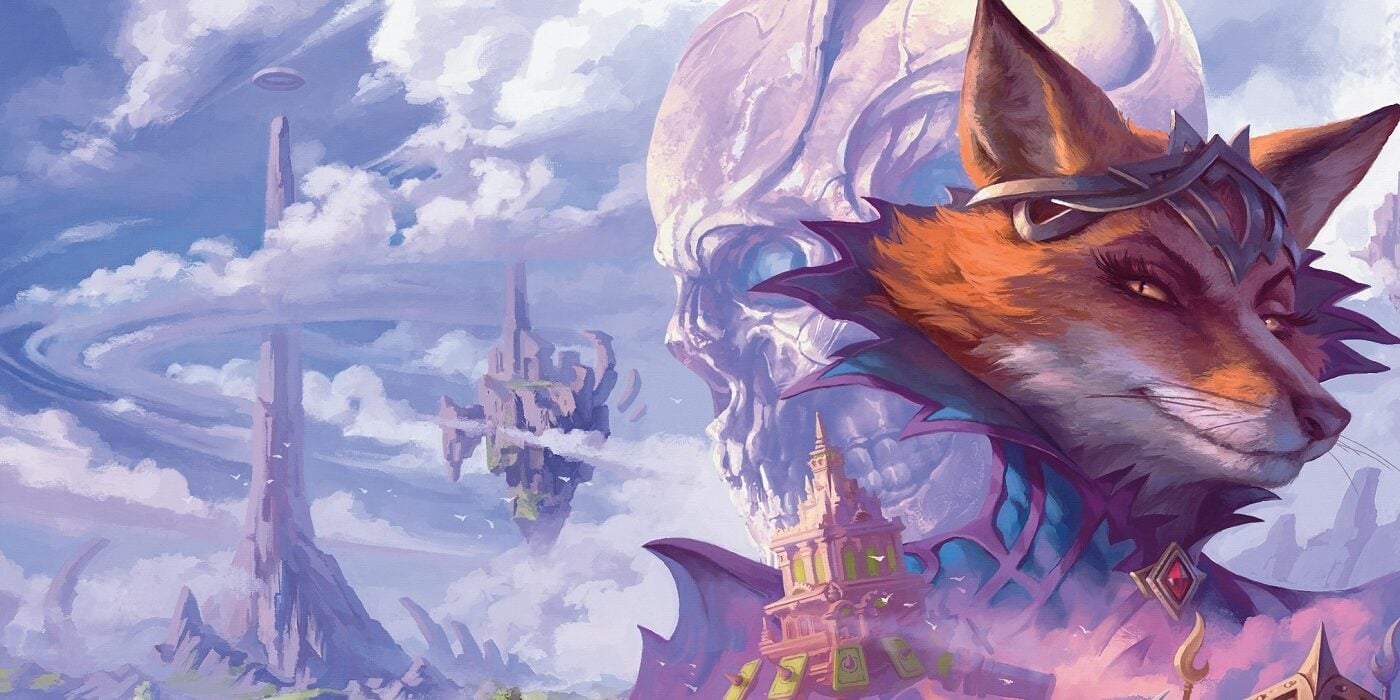
Now that Planescape’s back in a big way, it needs an adventure to show it off. For that, we get Turn of Fortune’s Wheel.
In The Matrix, the Agents, having apprehended the hacker Thomas Anderson, aka Neo, ask him, “what good is a phone call, if you’re unable to speak?”
And D&D boxed sets throughout the ages have raised the question, what good is a campaign setting, without at least a little adventure to explore it in? Although instead of manipulating reality to both silence and horrify, Turn of Fortune’s Wheel negates the question entirely by being the little adventure that you get to go on to explore the setting.
Although, Turn of Fortune’s Wheel manages to be a bit more than just “little.” In a nutshell, this adventure plays with some unique mechanics (and an interesting twist or two) to take players from level 3-10, and then to level 17. We’re about to get a little spoilery, but read on for our first impressions of the adventure.
“Turn of Fortune’s Wheel” – Planar Predicaments
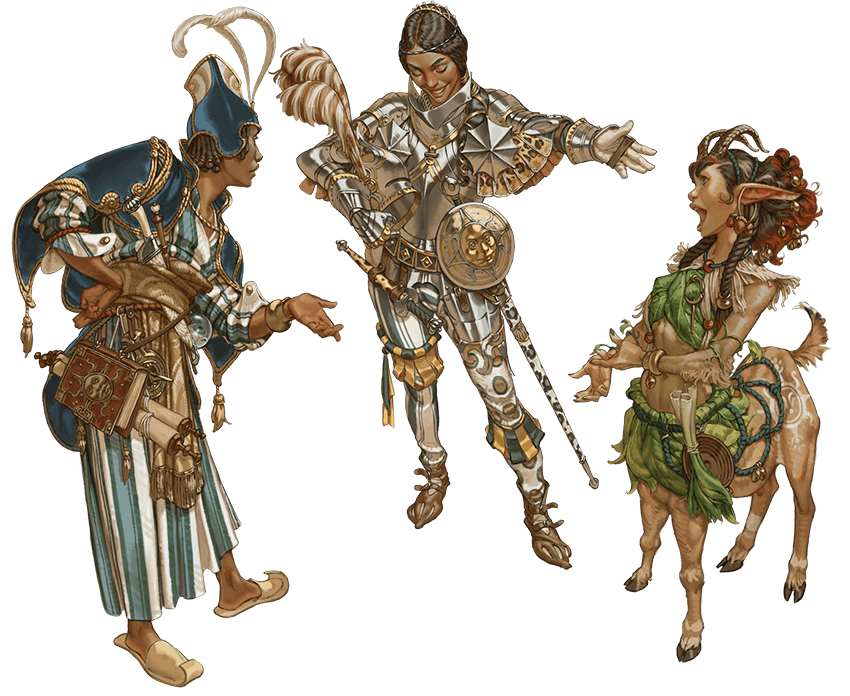
“Wizard, paladin, and druid incarnations of the same glitch character share a distinctive sunburst nexus feature”
So the big central conceit of the adventure is that your characters are affected by a planar glitch that sees them show up in multiple incarnations throughout reality. It’s a fun mechanic that plays well with both the setting and the more intense nature of some of the encounters.
Players wishing to make Glitch Characters are given three questions:
- What was your biggest decision/turning point
- What do you wish you could change about yourself
- What is your signature trait
Then the DM and players are given several options on how to work with this. When a character dies, they can create two variant versions of their character, which might be totally different from who you’ve been. A Wizard might have an incarnation that’s a Fighter. Or maybe just a Wizard from a different arcane school. These characters join the party after an encounter or Long Rest or whenever it seems convenient (with no memory of how they came to be where they are, but everything else mostly intact).
You might be thinking “well if characters always come back when they die, won’t they start using their lives/bodies as a resource?” And you’d be right. The adventure accounts for this with one of my favorite sentiments:
“Let characters enjoy their unique situation. If a character wants to sabotage a massive machine by throwing their body into its gears or embrace similarly wild schemes, let them do so.“
It’s neat to see that kind of encouragement baked into the adventure. As for the adventure itself, it follows a few familiar beats. Characters wake up in Sigil’s morgue, aided by Morte, in a sequence echoing the beginning of Planescape Torment. Emerging in Sigil, the players learn they’re not in Kansas anymore, and find themselves embroiled in the breathing, living heart of the multiverse.
Planechase, But Not Like That
It seems fate draws them towards the Fortune’s Wheel and into the affairs of Shemeshka the Marauder. This, of course, sends them off on the main part of the adventure, which is primarily a hunt for a missing Modron in the heart of the Outlands. Along the way, they might learn secrets about the cosmos as they discover more glitches and realize that it’s more than just the PCs who are affected by the fabric of reality going awry.
And without going into too many spoilers, this is where the adventure really shines. When it’s exploring the Outlands and discovering Mimirs who are missing pieces of information and uncovering mysteries—it’s great. Though there’s that weird dichotomy between the urgency of something being up with the Multiverse, but the adventure wants you to breathe. In fact, there’s a sidebar that specifically calls out how days, months, or even years might pass as they explore the Outlands. And it’s fine.
But that’s less of a hard pill to swallow, especially compared to the much more bitter pill towards the end of the adventure, when players learn that they’ve been secretly manipulated by none other than the Yugoloth operator of Fortune’s Wheel. And are then expected to not kill her for her troubles. After that, the conclusion sort of wobbles. But it does give characters a chance to taste what level 17 can be like. And the effects of the adventure might be a perfect way to set up your next campaign.
And that’s the Planescape: Adventures in the Multiverse

